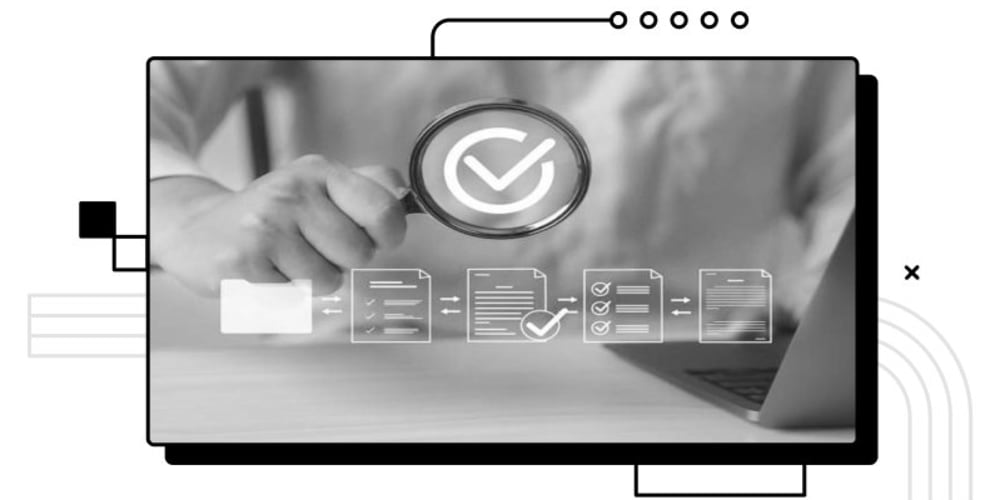
A local issuer certificate is a crucial component in the chain of trust used to verify the authenticity of SSL certificates presented by servers. When a client (such as a web browser or a client application) encounters an SSL certificate, it verifies the certificate against a list of trusted Certificate Authorities (CAs). If the certificate was issued by a CA that the client does not trust or if the certificate chain is incomplete, the "unable to get local issuer certificate" error occurs.
Why This Error Occurs
This error typically arises due to issues with the SSL certificate chain. It can occur in various scenarios:
Common Scenarios Leading to the Error
During Development
Developers often encounter this error in local development environments where SSL certificates are not properly configured or trusted. Local setups may not include all necessary intermediate certificates or may use self-signed certificates that aren't recognized by the client.
When Using Third-Party Libraries
Applications relying on third-party libraries or services that make HTTPS requests can trigger this error if the libraries do not validate SSL certificates correctly. Missing or outdated CA certificates on the client's system can also contribute to this issue.
After Server Changes
Changes in server configurations, updates to SSL certificates, or migrations to new servers can disrupt the SSL certificate chain. If the server does not present the complete certificate chain to clients, the "unable to get local issuer certificate" error may occur.
How to Diagnose the Issue
Checking the Certificate Chain
One of the initial steps in diagnosing this issue is to verify the certificate chain using tools like OpenSSL. This allows you to see which certificates are being presented by the server and whether any intermediate certificates are missing.
Reviewing Server Configurations
Ensure that the server is correctly configured to provide the complete certificate chain to clients. This involves checking the server's SSL configuration settings to ensure all necessary certificates are included.
Verifying CA Certificates
Make sure that the CA certificates on your system are up to date and correctly installed. Outdated or missing CA certificates can prevent the client from validating the certificate chain, leading to the error.
Solutions and Fixes
Updating CA Certificates
Updating the CA certificates on your system can often resolve this error. This ensures that the client trusts the Certificate Authorities that issued the server's SSL certificate.
Configuring Your Development Environment
Adjusting your development environment to trust the necessary certificates can help avoid this error during local development. This may involve importing self-signed certificates or configuring the environment to use trusted CA certificates.
Adding Intermediate Certificates
If the server is not presenting the complete certificate chain, add the missing intermediate certificates to your server configuration. This ensures that clients receive all necessary certificates to validate the chain successfully.
Preventing Future Issues
Regular Certificate Maintenance
Regularly updating and maintaining your SSL certificates can help prevent this error from occurring in the future. Monitor certificate expiration dates and renew certificates promptly to avoid disruptions in SSL validation.
Monitoring Certificate Expiry
Keep track of certificate expiry dates and set up alerts to notify you when certificates are nearing expiration. This proactive approach ensures that certificates are renewed before they expire, minimizing potential SSL validation errors.
Using Automated Tools
Leverage automated tools and scripts to manage and renew SSL certificates. Tools like Let's Encrypt can automate the renewal process, ensuring that certificates are always up to date and valid.
Conclusion
By understanding the "unable to get local issuer certificate" error and implementing proper maintenance and configuration practices, you can ensure smooth and secure communication for your applications and services. Diagnosing SSL certificate issues, updating CA certificates, and maintaining a robust certificate management strategy are essential steps in resolving and preventing this error. With these practices in place, you can enhance the security and reliability of your applications while minimizing SSL-related disruptions.


















